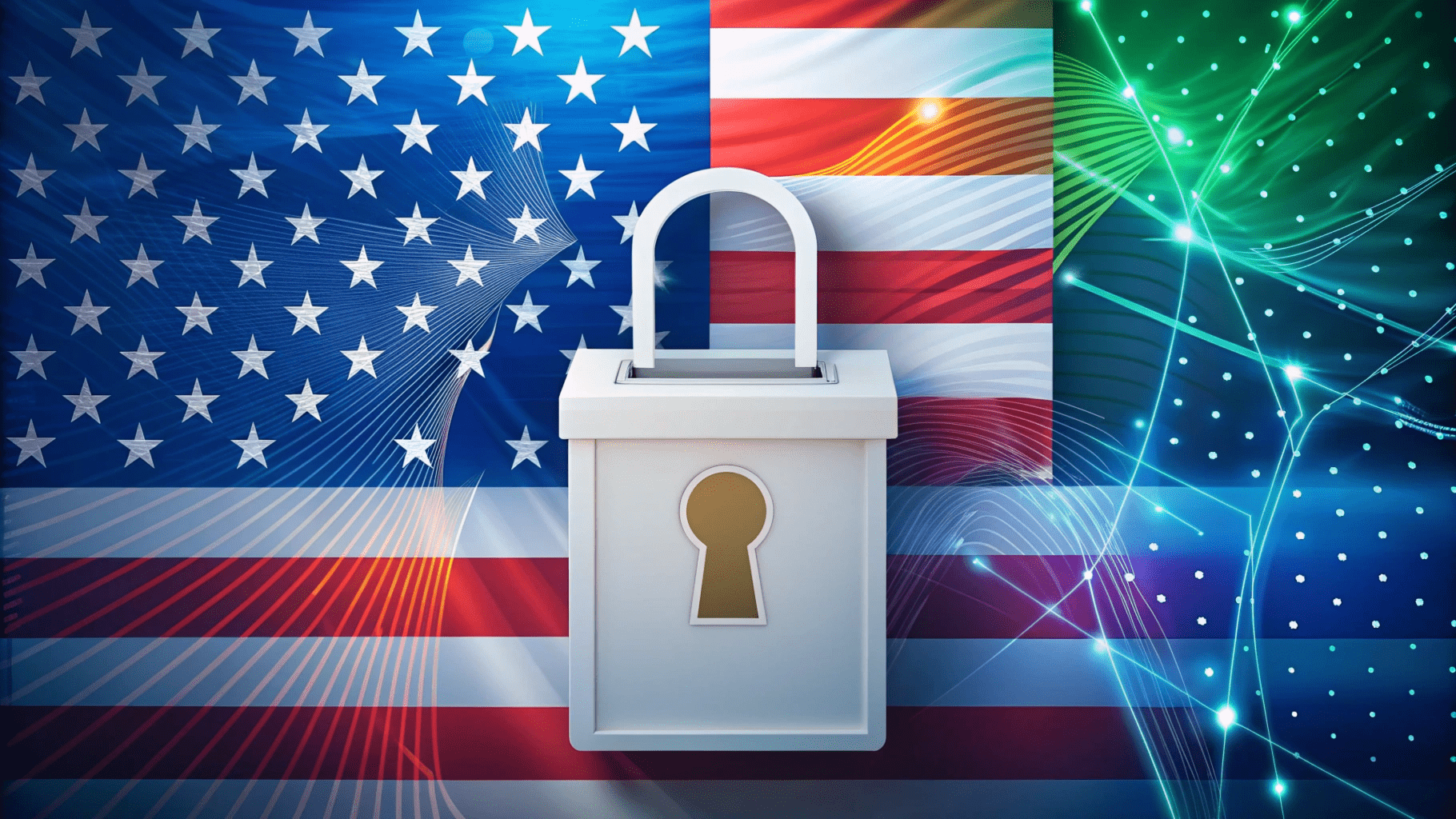In an era where the integrity of elections is paramount, secure voting platforms play a critical role in ensuring that the democratic process remains transparent, reliable, and tamper-proof. This blog delves into the regulatory, technical, and procedural frameworks governing secure voting platforms in India and the United States. By examining both nations' approaches, we can better understand the shared goals and distinct challenges of securing electoral systems.

Regulatory Framework
India:In India, secure voting platforms must adhere to a stringent legal framework set by the Election Commission of India (ECI). This framework mandates compliance with regulations on electronic voting systems, data privacy, and cybersecurity. The ECI's guidelines ensure that platforms align with national standards for security and transparency.
US:The regulatory landscape in the US is more complex due to the federal structure and varying state laws. Secure voting platforms must meet federal, state, and local regulations, often dictated by election authorities and governmental bodies. Compliance includes meeting standards for encryption, authentication, and auditability, which can vary significantly between jurisdictions.
Technical Framework
India:India's technical framework for secure voting platforms focuses on maintaining the integrity of electronic voting systems. This involves employing robust servers, networks, and software capable of supporting end-to-end encryption, multi-factor authentication, and secure data storage. These measures ensure that votes are cast and counted without tampering.
US:In the US, while the technical infrastructure is advanced, secure voting platforms must still implement stringent cybersecurity measures. Protection against threats like hacking, malware, and data breaches is essential. Security protocols must cover the entire voting process, from registration through to ballot casting and counting.
Authentication and Verification
India:Authentication mechanisms in Indian voting platforms are designed to verify voter identity and prevent unauthorized access. Techniques such as biometric authentication, digital signatures, and unique voter IDs are utilized to ensure that the voting process is secure and only authorized voters can participate.
US:US voting platforms employ various authentication methods including login credentials, biometric verification, and voter ID checks. These methods are crucial for preventing impersonation, fraud, and vote manipulation, thereby ensuring that each vote is legitimate.
Auditability
India:Transparency and auditability are key features of secure voting platforms in India. Platforms are required to integrate voter-verifiable paper audit trails (VVPATs), cryptographic protocols, and digital signatures. These features enable independent verification of votes and enhance public trust in the electoral process.
US:In the US, secure voting platforms incorporate features such as paper ballots and voter-verified paper trails (VVPTs). Post-election audits are also a critical component. These practices help ensure transparency and foster confidence in the electoral results.
Cybersecurity Protocols
India:Cybersecurity is a major concern for voting platforms in India. Platforms must implement comprehensive security measures including firewalls, encryption, intrusion detection systems, and regular security audits. These protocols are essential for protecting against cyber threats like hacking and DDoS attacks.
US:US platforms also employ robust cybersecurity measures such as encryption, network segmentation, and access controls. Collaboration with cybersecurity experts and governmental agencies helps address evolving threats and maintain the security of the voting infrastructure.
Vendor Oversight and Certification
India:The Election Commission of India oversees the certification and deployment of voting platforms. This involves evaluating vendors based on technical specifications, security standards, and regulatory requirements. The ECI's rigorous certification process ensures the reliability and security of voting systems.
US:In the US, secure voting platforms undergo certification and testing by independent laboratories accredited by the Election Assistance Commission (EAC) or state election authorities. Vendors must comply with both federal and state certification requirements to guarantee the integrity and security of their systems.
Conclusion
The quest for secure voting platforms is a global endeavor, with both India and the US striving to protect their democratic processes through rigorous regulations, advanced technology, and robust security measures. By understanding the frameworks and practices in each country, stakeholders can better appreciate the complexities involved in maintaining secure and trustworthy electoral systems.
